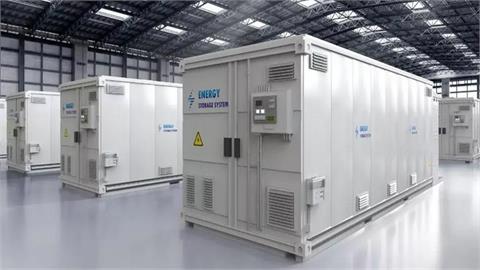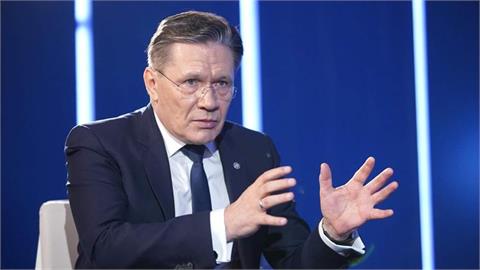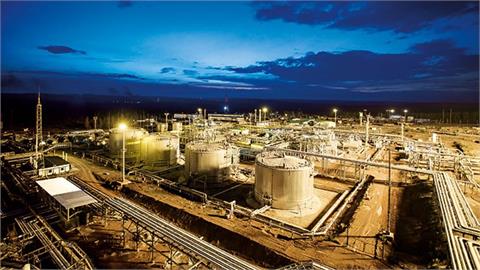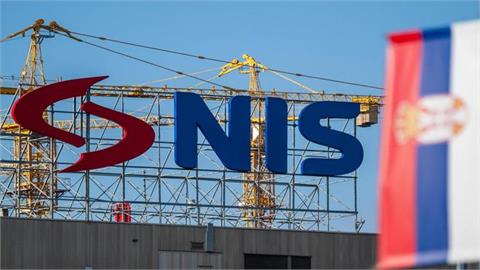Japan restarted five nuclear reactors in 2018, after the suspension of its nuclear fleet in 2013 for mandatory safety checks and upgrades following the 2011 Fukushima accident, the U.S.' Energy Information Administration (EIA) said Wednesday. The five include unit 3 and 4 at the Ohi nuclear power plant (NPP); unit 3 and 4 at the Genkai NPP and the Shikoku Electric Power company's restart of the 890-megawatt (MW) Ikata-3 reactor at the end of October.
On Sept. 25, the Hiroshima High Court accepted an appeal by the company to allow the restart of the halted reactor declaring worries over a volcanic eruption damaging the plant were groundless.
The restart of Japan's nuclear power plants requires the approval of Japan's Nuclear Regulation Authority (NRA), the central government, as well as consent from the governments of local prefectures. Earlier, following the approval of the NRA and the local prefecture, unit 3 of the Ohi NPP restarted in March with the resumption of commercial operations in April, while unit 4 at the Ohi NPP started in May.
Later, after approval from the NRA and the local government, unit 3 at the Genkai NPP restarted in March, with commercial operations resuming in May, while unit 4 at the Genkai NPP restarted in June with the start of commercial operations in July.
"Twenty nuclear reactors in Japan have permanently retired in the wake of the Fukushima accident. Out of the remaining fleet of 34 operable reactors, nine are currently operating. Six others have received initial approval from the NRA, and another 12 units are under review. Nine reactors have yet to file a restart application," the EIA said.
The suspension of Japan's nuclear fleet resulted in significantly greater dependence on liquefied natural gas (LNG), oil, and coal imports to make up for lost domestic nuclear generation. Japan, with its limited domestic energy resources, needs to import about 90 percent of its energy needs.
Up until 2011, Japan was generating some 30 percent of electricity from its reactors with plans to increase this share to 41 percent by 2017, and 50 percent by 2030, according to the World Nuclear Association. However, the prospect now is for two-thirds of this share from a depleted fleet.
As part of Japan's long-term energy policy, issued in April 2014, the central government called for the nuclear share of total electricity generation to reach 20-22 percent by 2030, which would require 25 to 30 reactors to be in operation by then, the EIA said.
In 2017, four operating nuclear reactors provided 3 percent of Japan’s total electricity generation.
(Anadolu Agency)



